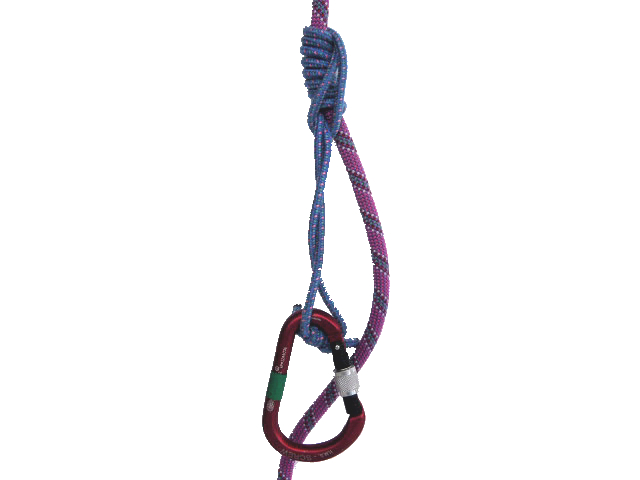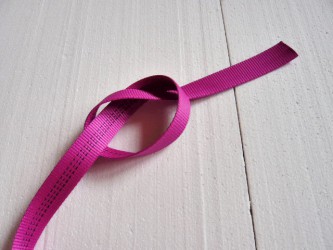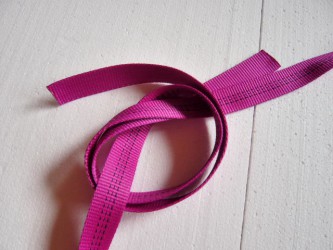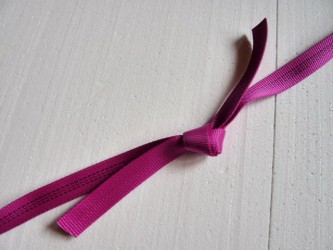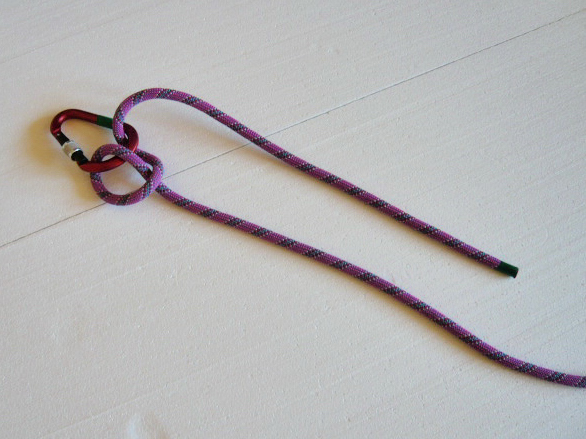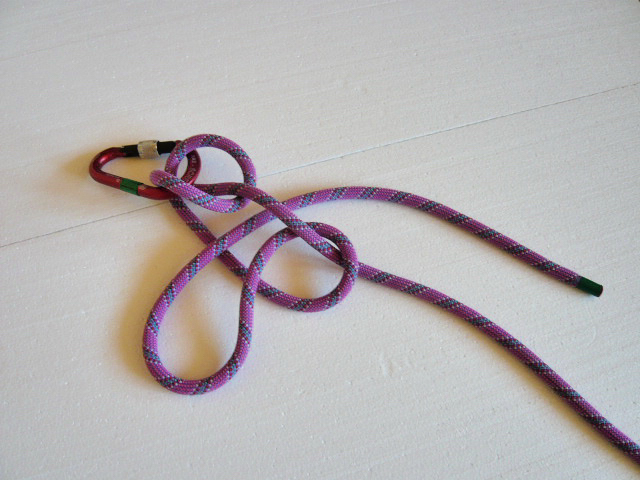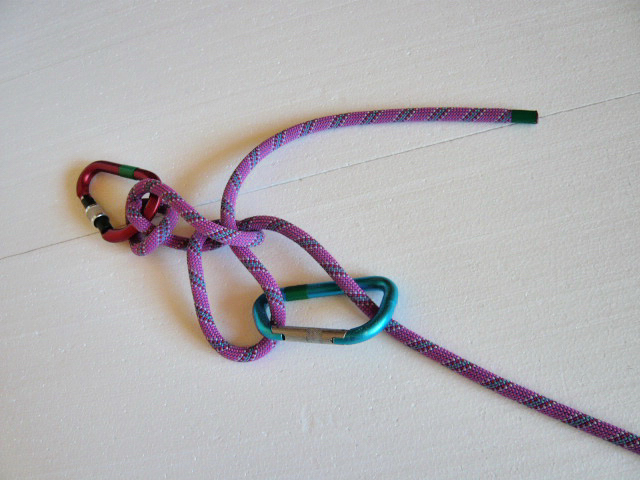
Avant-propos sur la codée / Foreword on roped party
avant-propos sur la cordée
« La haute montagne nous procure bien des plaisirs: beauté des paysages, silence, joie de l’escalade…,
mais le meilleur de tous les plaisirs est celui de l’amitié de la cordée » Gaston Rébuffa
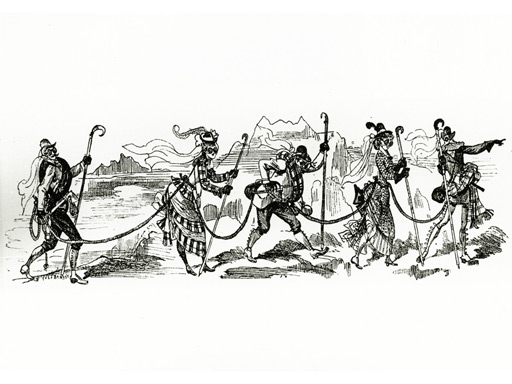
foreword on the roped party
« The high mountains give us many pleasures: the beauty of the scenery, the silence, the joy of climbing…,
but the best of all pleasures is that of the friendship of the roped party » Gaston Rébuffa




